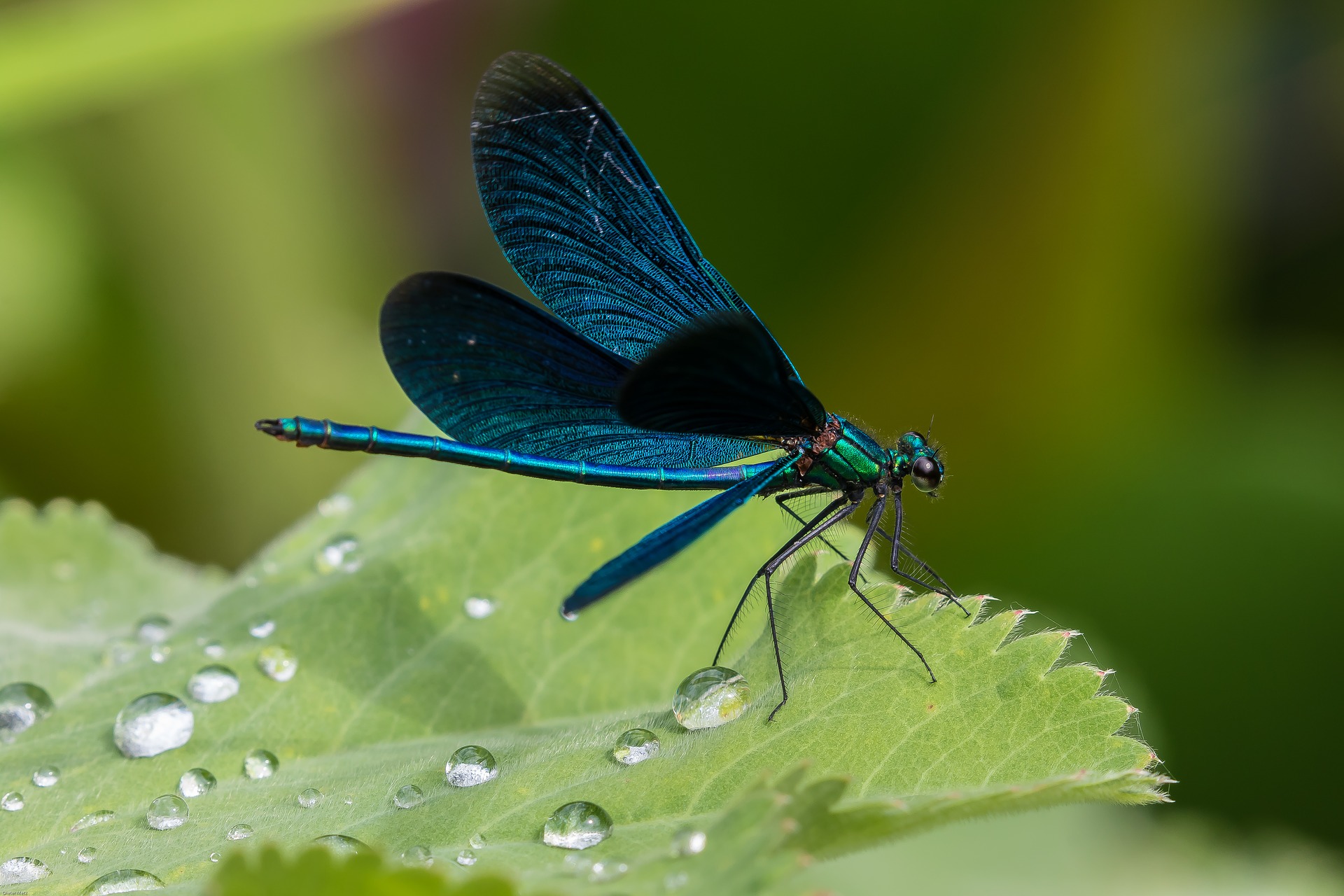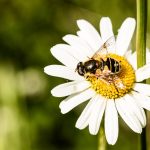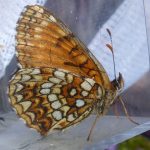Demoiselle

The banded demoiselle (Calopteryx splendens) flies to clean, intact flowing waters between the end of May and September.
Flying jewels: our demoiselles
On near-natural and sunny streams, every now and then, we will see brilliantly blue insects. These are the males of the demoiselle, of which there are two species in Switzerland: the banded demoiselle (Caloptyrex splendens) and the beautiful demoiselle (Calopteryx virgo). Like our other domestic dragonflies, demoiselles spend their youth as hungry larvae in the water. The larvae have a type of labial mask that they can move outwards and with which their prey can be caught in the blink of an eye. The larvae of the demoiselle need a lot of oxygen to survive which is one reason why they are almost only found on clean and intact flowing waters. The males of the demoiselle claim their own territories. As soon as another male enters the territory, it will be vigorously driven away. In the process, the two arguing males complete acrobatic flying manoeuvres. If the display behaviour does not have any effect, there may even be physical attacks. The goal of this battle is to control a section of the stream that is as attractive as possible and to be able to win a female there for rproduction.
Prachtlibellen-Männchen beanspruchen eigene Territorien. Sobald ein anderes Männchen in das Revier eindringt, wird es vehement vertrieben. Dabei vollführen die beiden Streithähne akrobatische Flugmanöver. Nützt das Imponiergehabe nichts, kann es sogar zu körperlichen Attacken kommen. Das Ziel dieses Kampfes liegt darin, einen möglichst attraktiven Bachabschnitt zu beherrschen und dort ein Weibchen für die Fortpflanzung gewinnen zu können.







